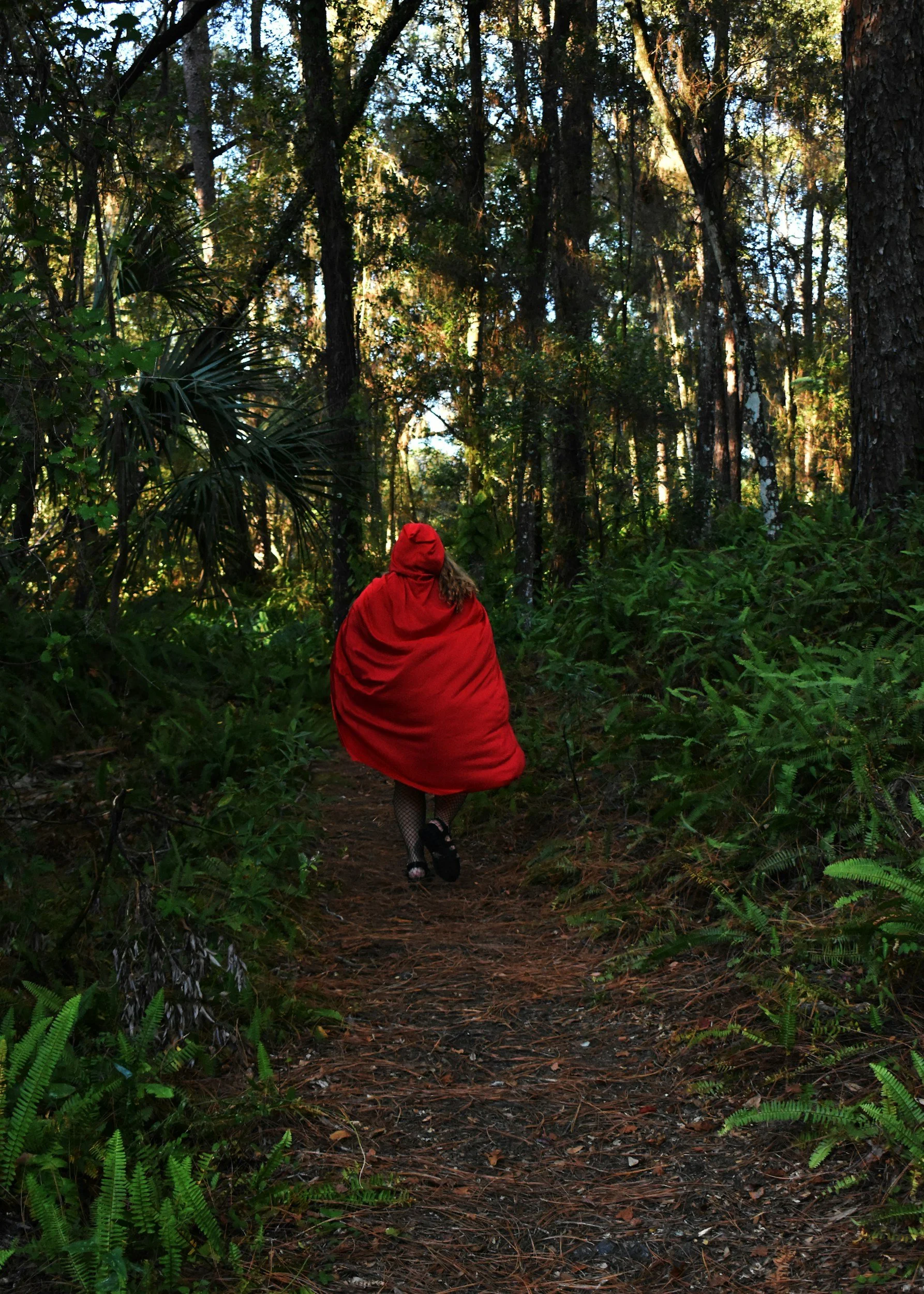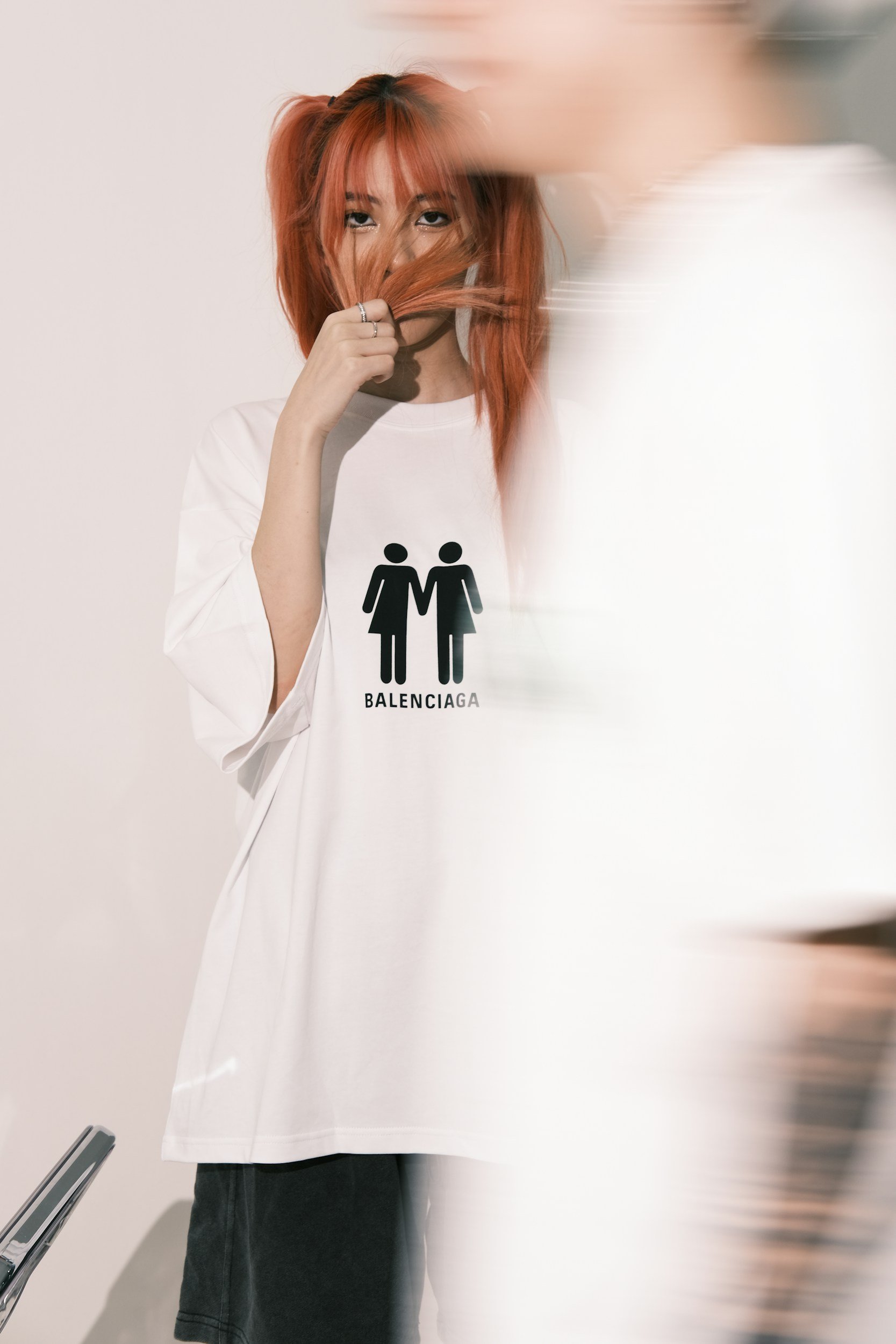Do Opposites Really Attract? What Science Says About Sexual Chemistry
The Allure of the Opposite
We’ve all heard the phrase. It shows up in romantic comedies, dating profiles, and family dinner conversations: "Opposites attract."
It's the idea that contrast creates chemistry—the reserved introvert drawn to the bold extrovert, the thinker magnetized by the feeler, the grounded realist enchanted by the whimsical dreamer. But is there any truth to it?
Psychology says: it's complicated.
In this myth-busting dive, we explore whether opposites truly spark lasting romantic fire, or if what we’re really drawn to is a clever illusion of difference.
What We Think vs. What We Do
Popular culture loves the "odd couple" dynamic, and there are some psychological reasons for that. Opposites offer novelty, growth, and challenge. In short-term dating contexts, difference can be exciting and even arousing.
But when researchers actually study long-term compatibility, the data tells another story: we tend to be most attracted to those who are similar to us.
This is called the similarity-attraction effect, and it's one of the most consistent findings in social psychology.
Similarity: The Science-Backed Aphrodisiac
According to multiple large-scale studies:
People tend to pair with others who share similar values, communication styles, attachment patterns, and life goals.
Shared interests and social beliefs contribute to relational satisfaction and sexual compatibility.
Even subtle factors like music taste, sense of humor, and political views enhance feelings of attraction.
Similarity reduces friction and increases emotional safety—two elements critical for trust, vulnerability, and long-term intimacy.
But What About Sexual Chemistry?
Here's where things get spicy. While emotional compatibility often thrives on similarity, sexual chemistry is a little more unpredictable.
Differences in dominance, novelty-seeking, and even conflict styles can create friction that translates into erotic tension. This is especially true in early-stage relationships or in fantasy-based dynamics (think: the serious professor and the rebellious artist).
In fact, one theory—"complementarity in desire"—suggests that differences in sexual expression (e.g., dominant/submissive, high drive/low drive) can create intense chemistry... if communication and consent are present.
Attachment Styles and the Illusion of Opposition
Sometimes what feels like "opposites attracting" is actually a dynamic between differing attachment styles:
Anxious individuals may be drawn to avoidant partners, mistaking emotional distance for mystery.
Avoidants may seek emotional expression in anxious partners but fear closeness when it arrives.
This can lead to an intense push-pull chemistry that feels magnetic—until it burns out or becomes toxic.
Understanding attachment theory helps distinguish genuine compatibility from trauma reenactment.
Gender Norms and the Cultural Myth of Opposition
The "opposites attract" trope is also fueled by gender role socialization:
Men are often encouraged to be dominant, rational, and stoic
Women are taught to be nurturing, emotional, and expressive
This polarity gets romanticized, especially in media. But what we call "opposites" may just be socially prescribed roles playing out, rather than authentic individuality meeting in contrast.
Can Opposites Work?
Absolutely—if key foundations are in place. Opposing personality traits or preferences can work well if both partners:
Share core values
Communicate effectively
Respect and celebrate each other’s differences
Are willing to bridge gaps and grow together
In fact, certain differences can enhance a relationship, offering complementary perspectives and personal growth. The key is mutual adaptability, not just attraction.
Simply Put: It’s Not Opposites or Alikes—It’s Resonance
So, do opposites attract? Sometimes. But more often than not, we’re drawn to those who reflect us, not oppose us.
Lasting chemistry isn't about polarity. It's about resonance—that feeling of being seen, felt, and fundamentally understood. The spark may start with difference, but it lasts with emotional alignment.
The myth might make for great storytelling. But in real love, it’s the rhythm of shared values, mutual growth, and compatible emotional languages that keeps the flame alive.








